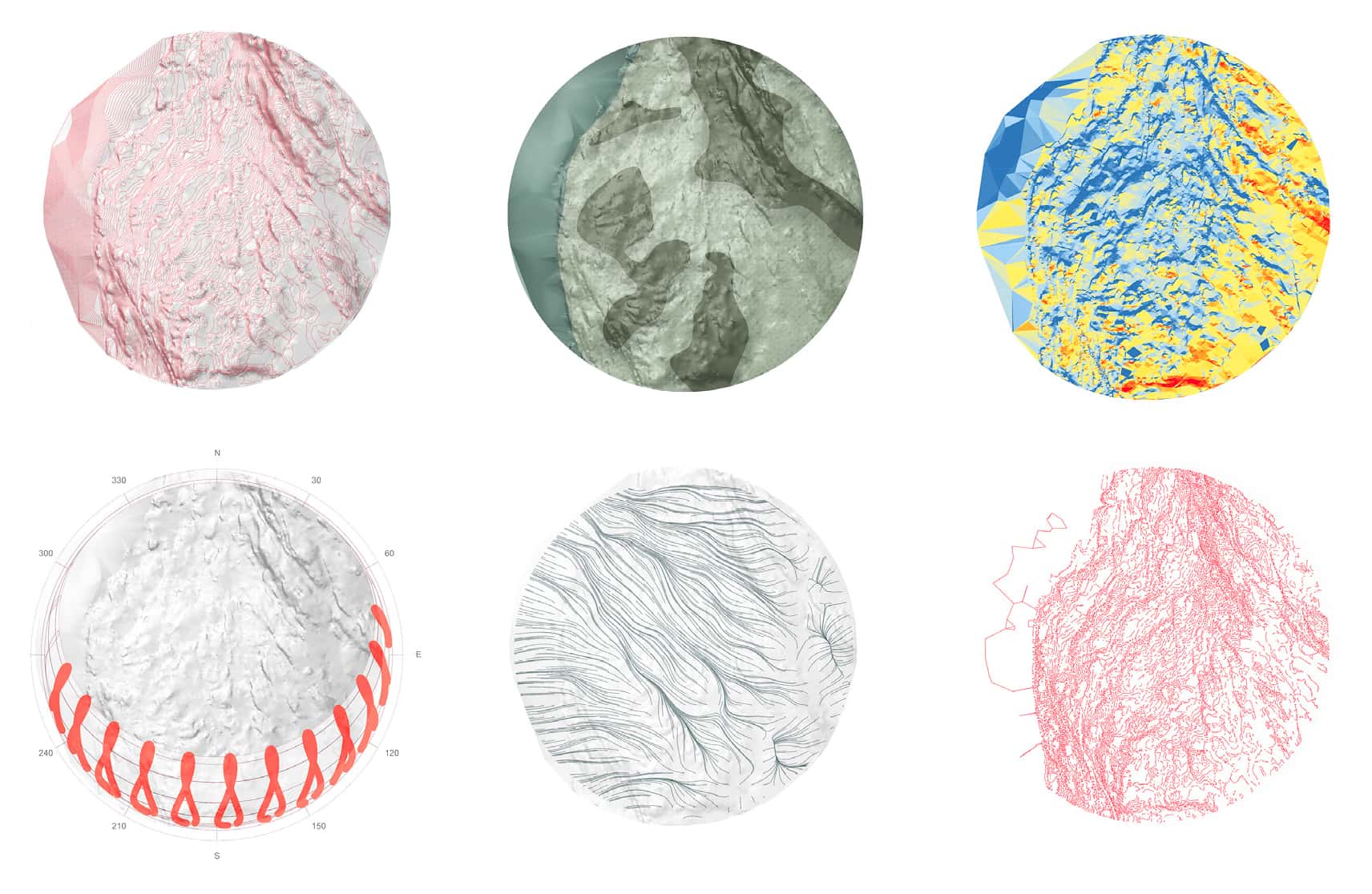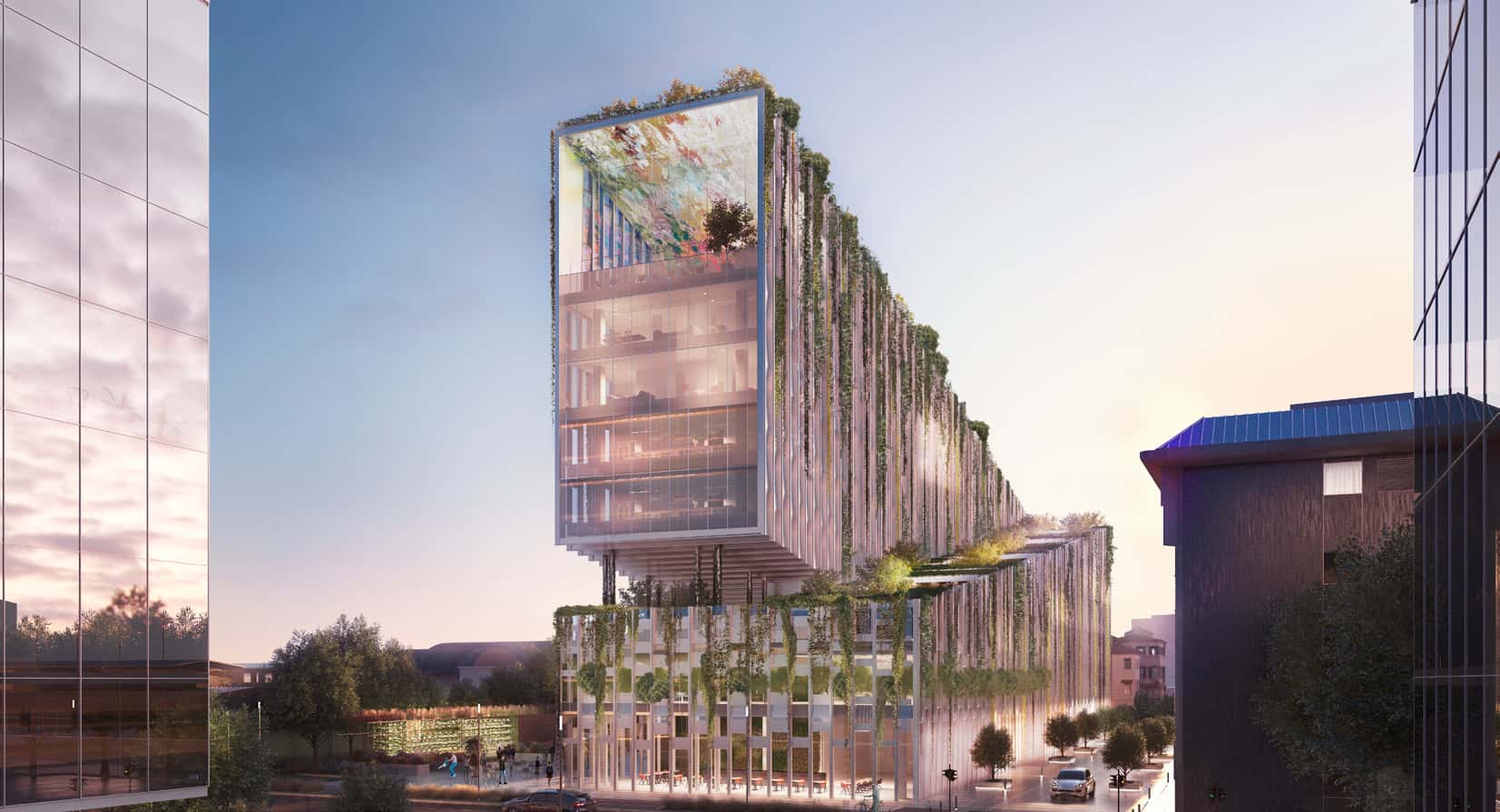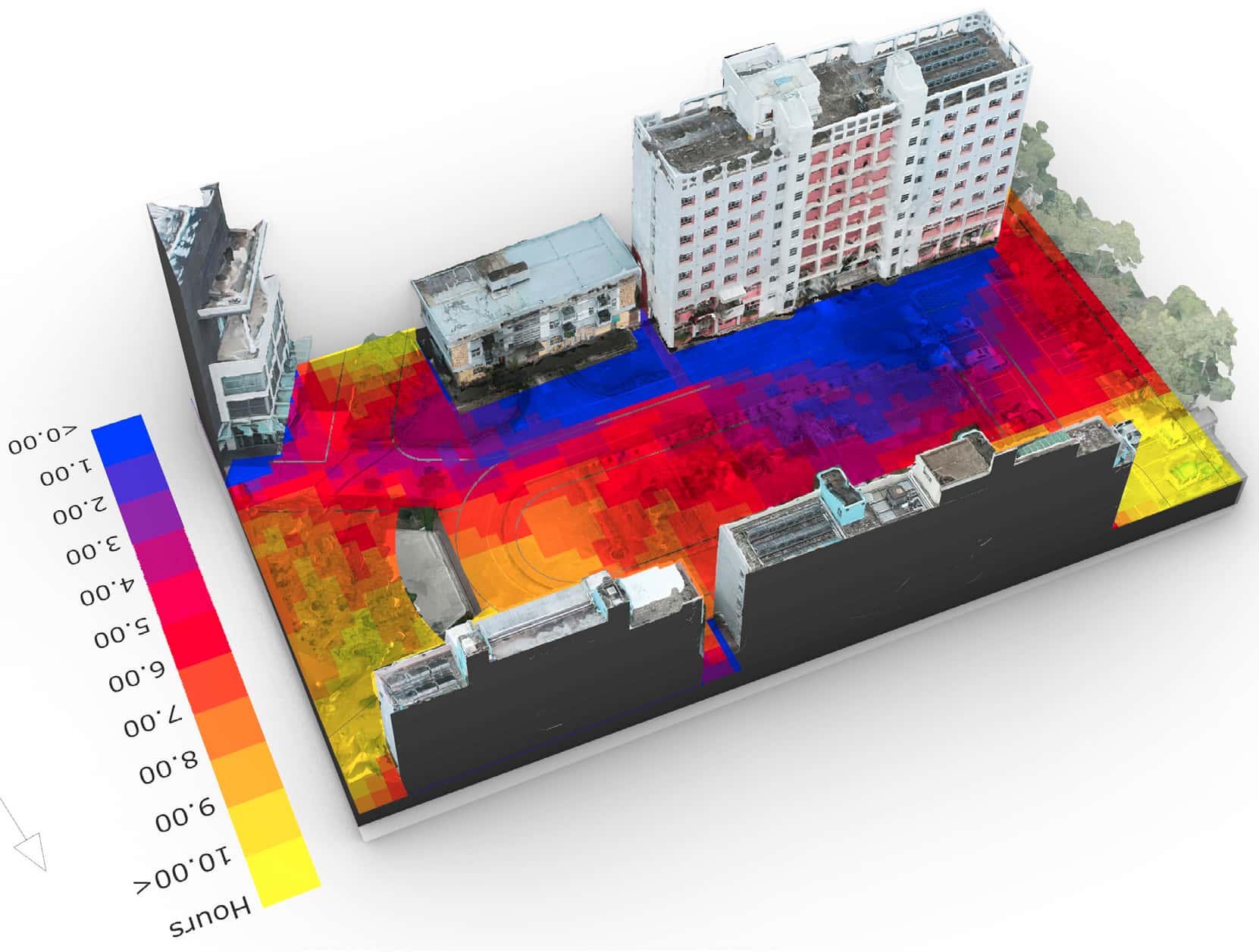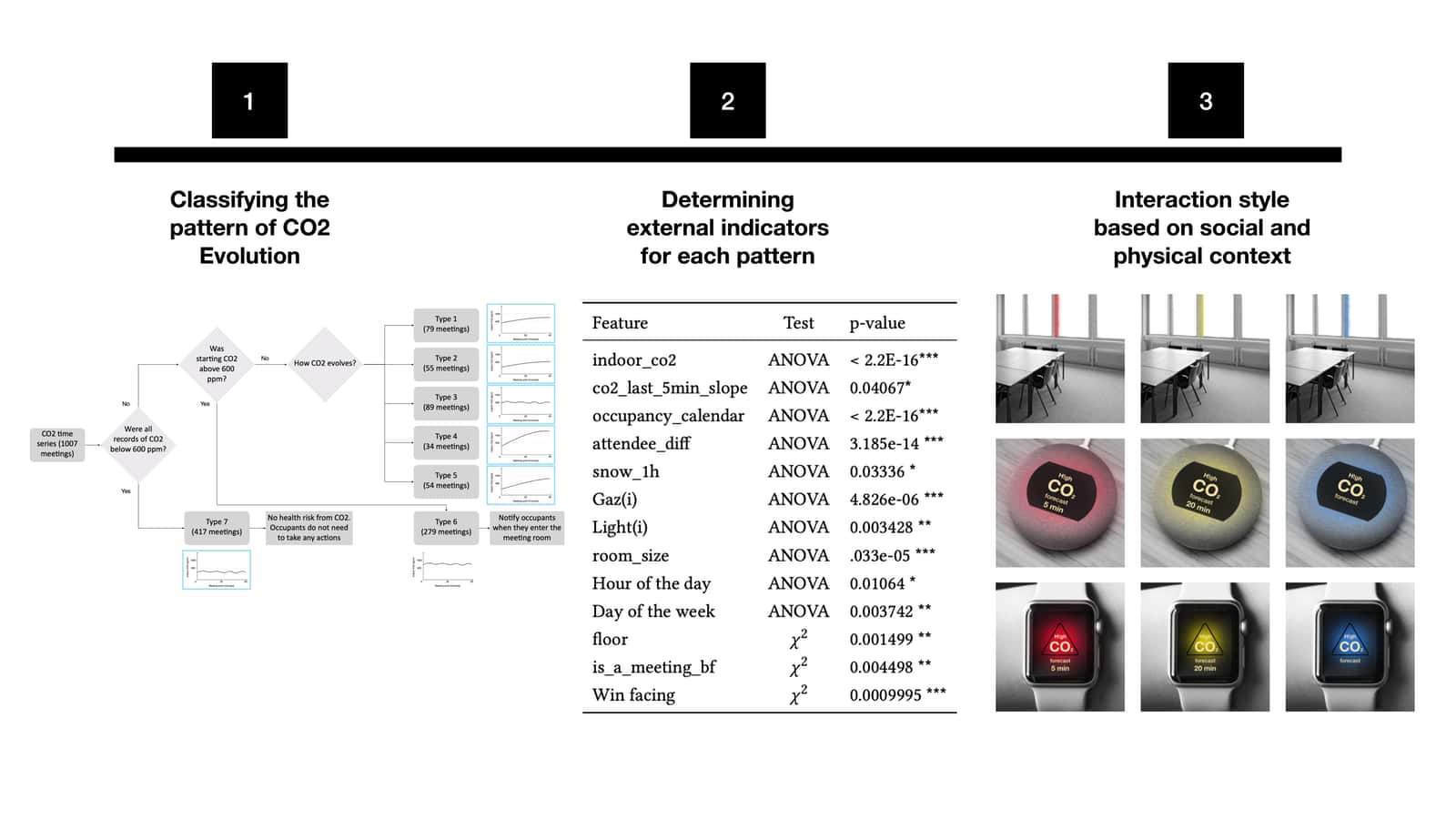
Interdisciplinary Data-integrated Approaches
6 articles / 63 pages
ISBN 978-94-6366-570-4
Issue editors
Univ. Prof. Dr. Michael Hensel, TU Wien
Dr.-Ing. Henriette Bier, TU Delft
Editorial
-
Rapid urbanization with the associated land cover and land use change, as well as resource depletion, contribute to the degradation of ecosystems and biodiversity and have a negative impact on human health and well-being. Societal calls for responses and results pose a significant challenge for research and education in the various fields concerned with the environment. Alongside the current environmental crisis there is a pressing need for developing ‘green solutions’ for the built environment with the help of datadriven methods, workflows and tools.
In view these developments,...
Articles
-
Rapid urbanization and related land cover and land use changes are primary causes of climate change, and of environmental and ecosystem degradation. Sustainability problems are becoming increasingly complex due to these developments. At the same time vast amounts of data on urbanization, construction and resulting environmental conditions are being generated. Yet it is hardly possible to gain insights for sustainable plan-ning and design at the same rate as data is generated. Moreover, the complexity of compound sustainability problems requires interdisciplinary approaches that address...
-
We are facing an urgent global environmental crisis that requires a reframing of traditional professional and conceptual boundaries within the urban environment. Complex and multidisciplinary issues need complex and multidisciplinary solutions, which result from the collaboration of many different disciplines concerned with the urban environment. A more integrated ecological perspective that recognizes the complexity of urban environments and resituates our ‘artificial’ or human-made world within its natural ecosystem can facilitate this shift towards greater knowledge exchange. C40...
-
Nicholas Negroponte and MIT’s Architecture Machine Group speculated in the 1970s about computational processes that were open to participation, incorporating end-user preferences and democratizing urban design. Today’s ‘smart city’ technologies, using the monitoring of people’s movement and activity patterns to offer more effective and responsive services, might seem like contemporary interpretations of Negroponte’s vision, yet many of the collectors of user information are disconnected from urban policy making. This article presents a series of theoretical and procedural experiments...
-
Minimal interventions that provide various microclimates can stimulate both biodiversity and social accessibility of leftover spaces. New habitats are often developed for different animal and plant species based on studies of the microclimates typical of such residual spaces. By introducing interventions of 0.5-1.0 m diameter ‘planetoids’ placed at various locations, existing and new life is supported. The ‘planetoid’ described in this paper is prototyped by means of Design-to-Robotic-Production and -Operation (D2RP&O). This implies that it is not only produced by robotic means, but...
-
The high concentration of air pollutants in indoor environments can have a remarkable adverse impact on health and well-being, cognitive performance and productivity. Indoor air pollutants are especially problematic in naturally ventilated shared spaces such as classrooms and meeting rooms, where human-generated pollutants can rise rapidly. When the inhabitants are exposed to indoor air pollution, recovering from its ramifications takes time and harms their well-being in the long run. In our approach, we seek to predict and prevent such hazardous situations instead of rectifying them...







